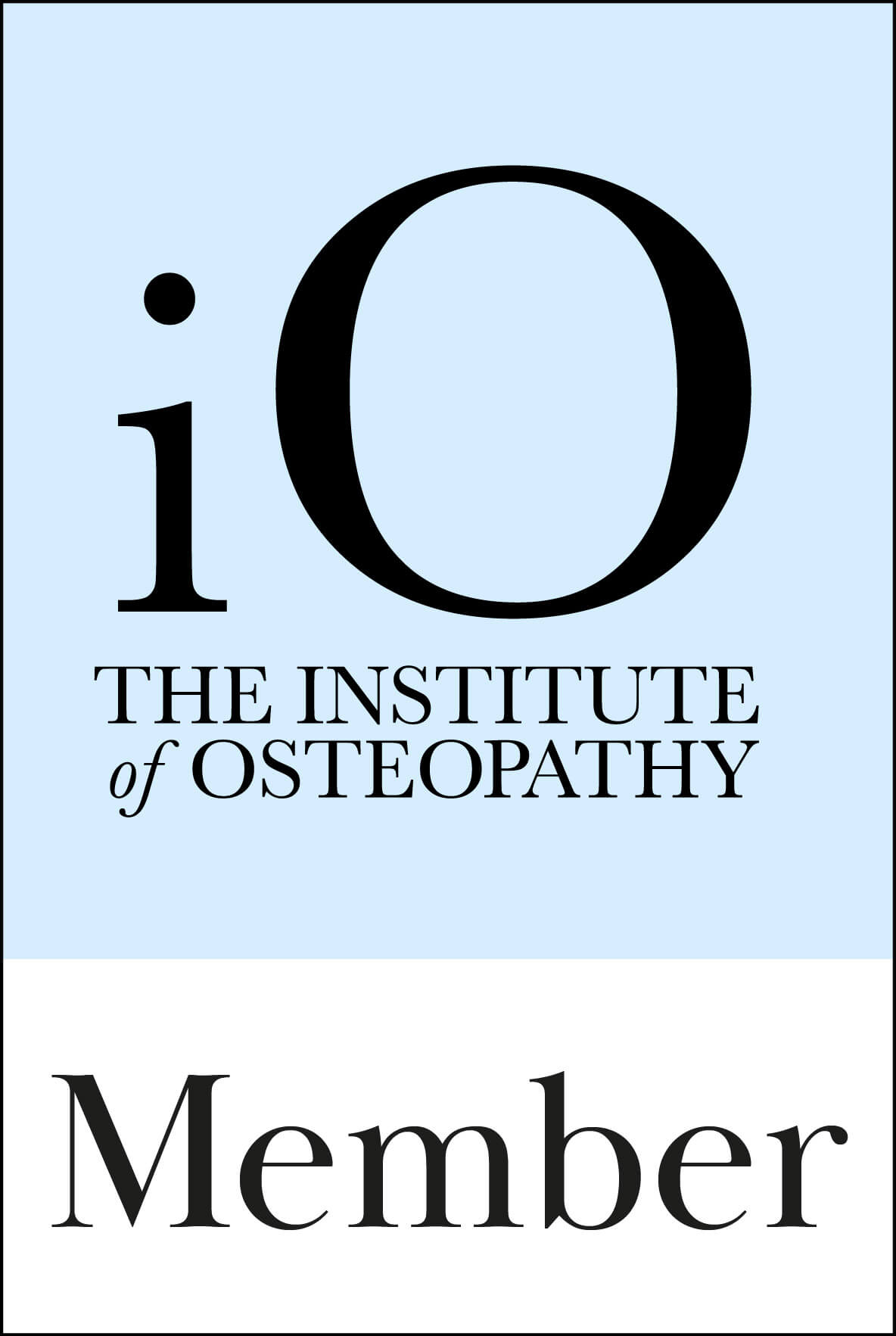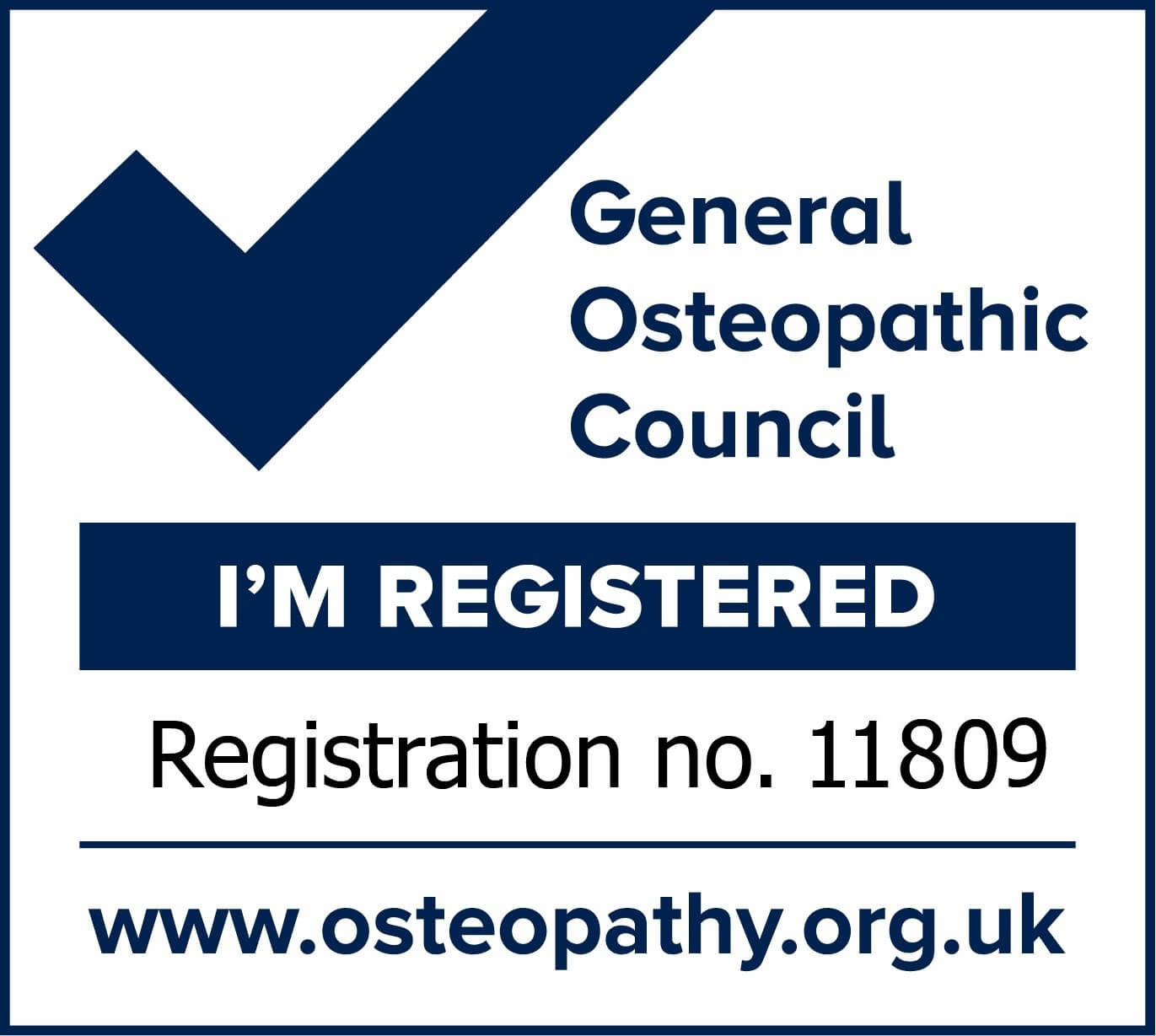
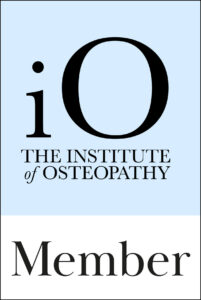


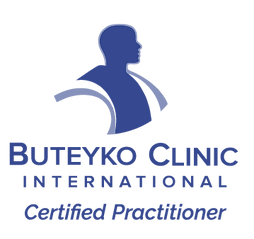
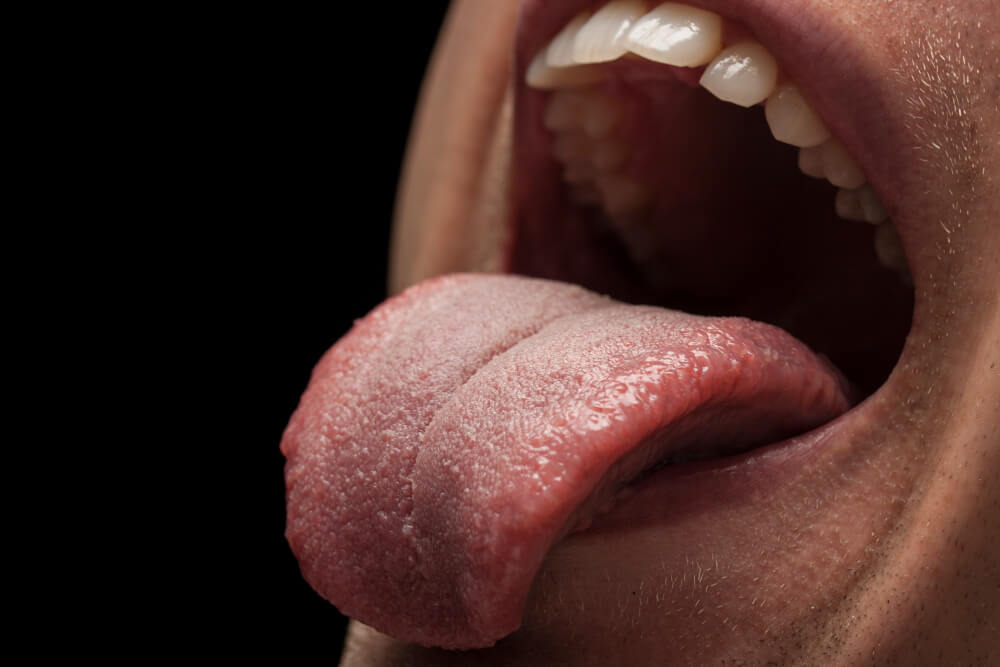
The goals of orofacial myofunctional therapy can vary depending on the individual’s needs, but commonly include:
Correcting improper tongue posture: The position of the tongue at rest and during swallowing plays a crucial role in oral and facial development. Therapy focuses on training individuals to position the tongue correctly to promote proper swallowing patterns and prevent issues such as tongue thrust.
Improving breathing patterns: Certain muscle imbalances or anatomical factors can lead to improper breathing through the mouth instead of the nose. Orofacial therapy aims to restore nasal breathing, which is essential for optimal oxygenation, filtration, and conditioning of the air.
Enhancing speech clarity: Orofacial muscle dysfunctions can affect speech production, leading to issues like lisps, articulation problems, or difficulty with certain sounds. Therapy focuses on improving muscle control and coordination for clear and accurate speech.
Optimizing swallowing function: Correct swallowing involves a coordinated movement of various muscles and structures. Orofacial therapy helps identify and address any swallowing difficulties, such as swallowing disorders (dysphagia) or improper tongue-thrust patterns.
Promoting balanced facial growth and development: Orofacial muscle imbalances can impact the growth and development of the face and jaw. By addressing these issues early on, orofacial myofunctional therapy can help optimize facial aesthetics, reduce the need for orthodontic interventions, and enhance overall oral health.
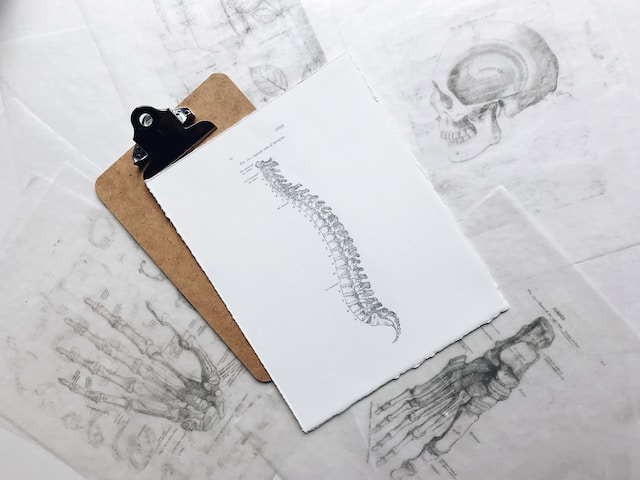
Orofacial myofunctional therapy is closely related to posture, as it recognizes the important connection between the muscles of the orofacial region and the overall posture of the body. Proper posture is essential for optimal muscle function, including the muscles involved in oral and facial movements.
Muscle Imbalances: Poor posture can lead to muscle imbalances throughout the body, including the muscles of the face, mouth, and neck. These imbalances can contribute to orofacial muscle dysfunctions and affect functions such as speech, swallowing, and breathing. Orofacial myofunctional therapy aims to identify and address these muscle imbalances to restore proper function and alleviate associated symptoms.
Postural Awareness: Orofacial myofunctional therapists emphasize the importance of postural awareness. They educate individuals about maintaining proper body alignment during various activities, such as sitting, standing, and using electronic devices. By promoting postural awareness, individuals can make conscious adjustments and develop healthier postural habits, which positively impact overall muscle function.
Muscle Training and Retraining: Orofacial myofunctional therapy includes exercises and techniques to strengthen and retrain the muscles involved in oral and facial movements. By targeting specific muscle groups, individuals can develop better muscle control and support for the spine, neck, and head, thereby improving overall posture.
Breathing and Posture: Proper body posture and efficient breathing go hand in hand. Orofacial myofunctional therapy emphasizes nasal breathing, which promotes better oxygenation and overall health. Nasal breathing also helps maintain a more upright posture, as it encourages the natural alignment of the head, neck, and spine. By addressing breathing patterns and promoting nasal breathing, the therapy supports the synergy between posture and respiration.
Collaboration with Other Professionals: Orofacial myofunctional therapists often collaborate with other healthcare professionals, such as body workerswho specialize in postural correction. This interdisciplinary approach ensures a comprehensive assessment and treatment plan that addresses both orofacial muscle dysfunctions and overall body posture. By working together, these professionals can provide holistic care to individuals with complex postural issues.

